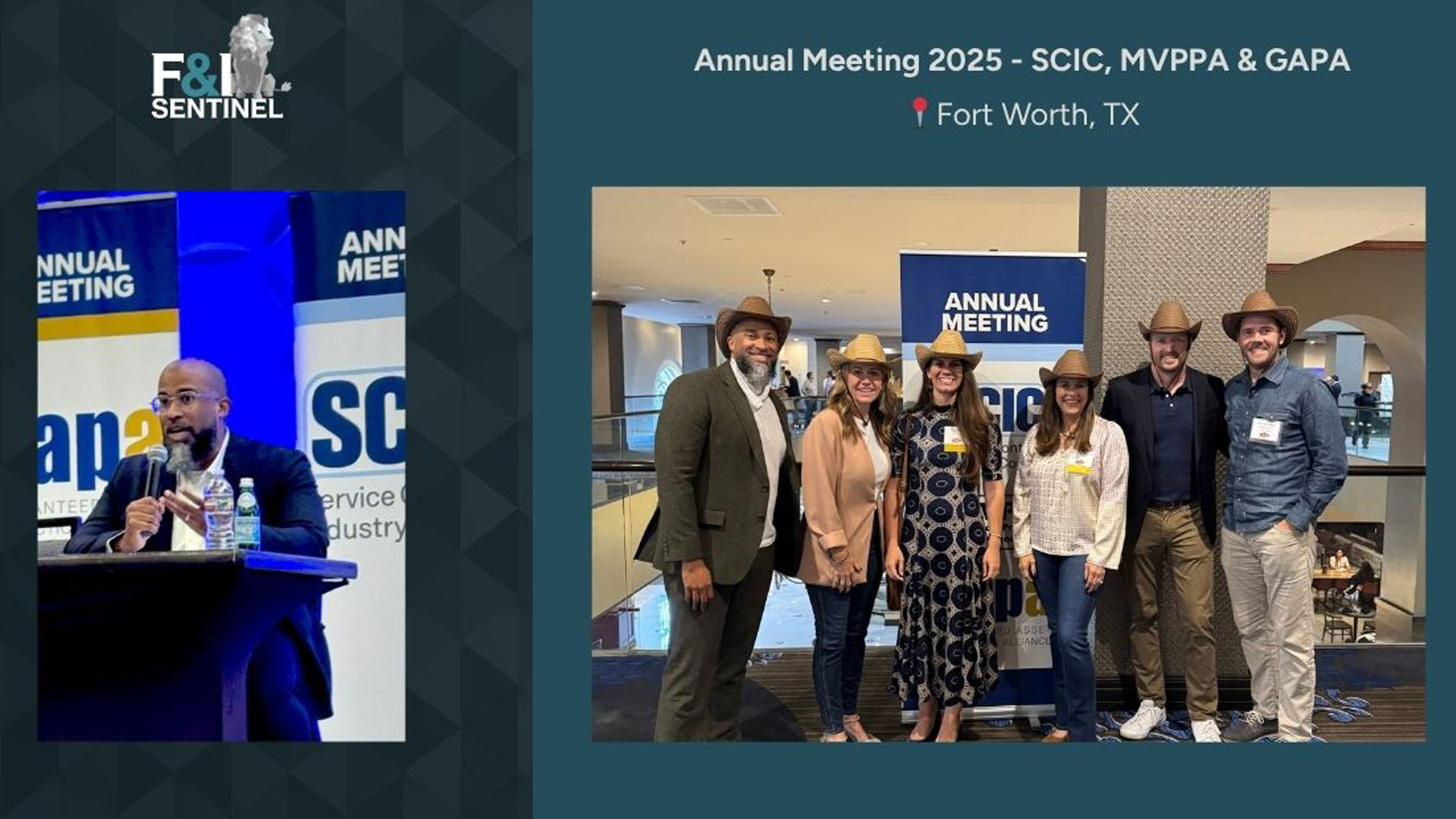By Rick Hackett, former CFPB Assistant Director and F&I Sentinel Advisory Board MemberWhen the Federal Trade Commission(FTC) first proposed a rule to regulate auto dealer sales practices, I wrote about the potential ramifications of the proposal for auto lenders.
That proposal, now known as the CARS / Vehicle Shopping Rule is final and contains all of the risks to lenders that the initial proposal contained. I recently discussed these in a podcast produced by the Ballard Spahr law firm.
Ballard Spahr CARS Rule Webinar Summary:
- The rule imposes many new requirements on dealers and their sale of voluntary protection products.
- Violations of those rules are unfair, deceptive, or abusive acts or practices (UDAP), creating defenses to payment by the consumer.
- Under the FTC “holder rule,” those UDAP defenses are valid against auto lenders.
- In the hands of a class action lawyer, attorney general, or regulator those UDAPs can be used offensively against a lender.
- Industry’s request for a limitation of liability to violations apparent in the deal jacket was rebuffed.
- Any dealer violation can bite the lender.
- Bottom line: The auto finance industry will need to develop/re-examine best practices around:
- Dealer compliance management.
- Controlling the types and content of voluntary protection products that are eligible for financing.
- Looking at deal jackets for obvious violations (e.g., GAP insurance on a 50% Loan-to-Value deal)
Auto Lenders: Know What You Finance
Of particular concern are areas where the lender has a real control point: the funding approval. A lender who finances an ancillary product that provides no benefit to the consumer – the Rule provides examples – creates a defense to the contract and, arguably provides substantial assistance to a UDAP, which is an independent violation of the Consumer Financial Protection Bureau (CFPB) Act. While it may be easy to ban financing of some obvious types of “benefit-less” products such as “nitrogen filled tires”, the complexity and variety of many of these products increases a lender’s compliance, financial and reputational risks.
While the Rule is currently stayed pending industry legal challenges, some version of it will go into effect eventually. Now is the time for auto lenders to develop policies, procedures and controls to manage the risks of financing voluntary protection products.
Areas of Focus
- Identify Control Points: Focus on areas where you have direct influence, specifically the funding approval process. This is a critical juncture where you can exercise control and ensure compliance.
- Establish Minimum Standards for Add-Ons: Due to the complexity and variety of financial Add-On products, it’s essential to define clear minimum standards for every product you finance. This requires setting explicit criteria that Add-On products must meet to be eligible for financing.
- Conduct Detailed Contract Reviews: Make it a routine to thoroughly review the contract forms of Add-On products. This step is crucial to understand the specifics of what you are financing and to ensure that it meets your established standards.
- Invest in Enforcement Technology: To uphold your financing standards consistently across all transactions, invest in technology that allows you to enforce these rules effectively. This tech should help verify that any product included in a deal has been approved for financing according to your guidelines.
F&I Sentinel is the industry’s trusted provider of managed compliance solutions that help auto lenders navigate the regulatory landscape surrounding the financing and resolution of vehicle protection products. Contact a member of the Concierge Compliance Team for more information.



